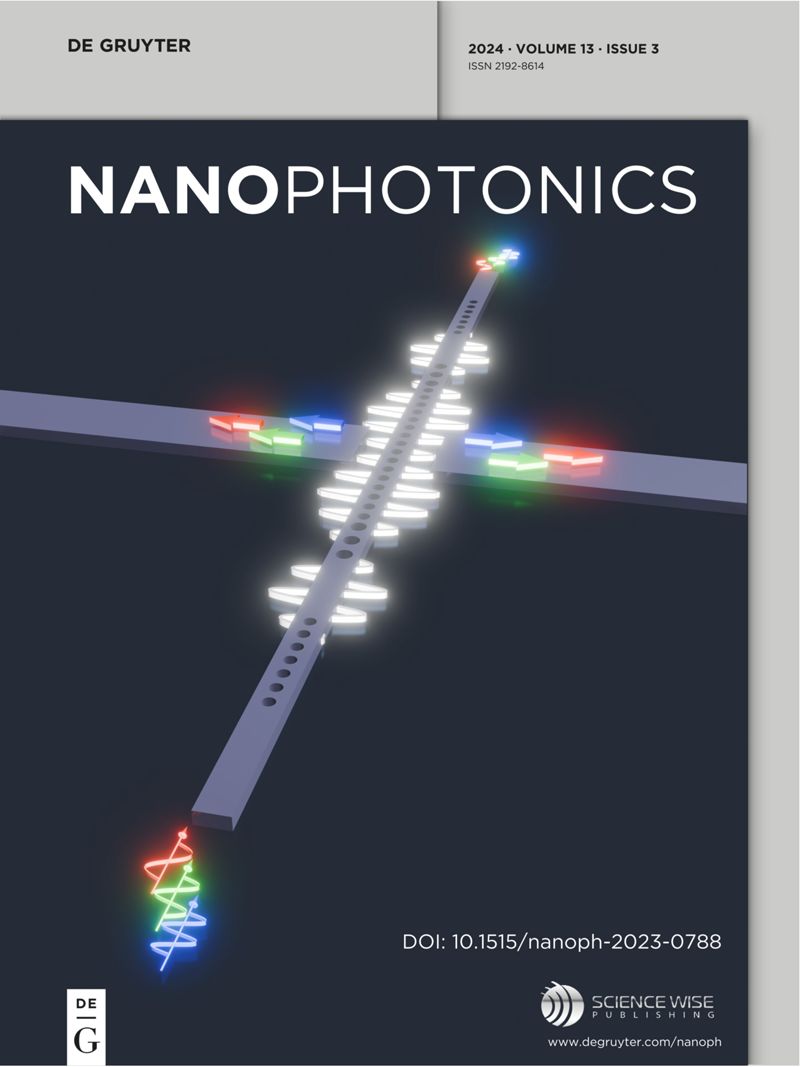Design strategies, manufacturing, and applications of radiative cooling technologies
IF 6.6
2区 物理与天体物理
Q1 MATERIALS SCIENCE, MULTIDISCIPLINARY
引用次数: 0
Abstract
Radiative cooling is a passive cooling strategy that leverages thermal radiation to dissipate heat into a cooler environment, offering an energy-efficient and environmentally friendly alternative to conventional cooling technologies. Recent advancements in material science and nanophotonics have led to the development of engineered radiative cooling materials with tailored optical and thermal properties. Photonic structures, multilayer films, metamaterials, and polymer-based composites have demonstrated enhanced cooling performance by maximizing solar reflectance and infrared emissivity. These innovations have facilitated scalable, lightweight, and durable cooling solutions suitable for diverse applications, including building envelopes, electronic devices, and urban infrastructure. Nonetheless, several challenges must be solved to achieve widespread commercialization. These include further research into robust and long-lasting materials to address material degradation, innovations in fabrication techniques to reduce cost, design approaches to make more effective use of these materials and processes, and adaptability to hot and humid climates. Ongoing research continues to refine material and structural design, improve manufacturing methods, and expand the range of practical applications. By overcoming these challenges, radiative cooling has the potential to significantly reduce energy consumption and enhance climate resilience, positioning itself as a crucial component of future sustainable cooling technologies.辐射冷却技术的设计策略、制造和应用
辐射冷却是一种被动冷却策略,利用热辐射将热量散发到较冷的环境中,为传统冷却技术提供了一种节能环保的替代方案。材料科学和纳米光子学的最新进展导致了具有定制光学和热学性能的工程辐射冷却材料的发展。光子结构、多层薄膜、超材料和聚合物基复合材料通过最大化太阳反射率和红外发射率来增强冷却性能。这些创新促进了可扩展、轻量化和耐用的冷却解决方案,适用于各种应用,包括建筑围护结构、电子设备和城市基础设施。然而,要实现广泛的商业化,必须解决若干挑战。其中包括进一步研究坚固耐用的材料,以解决材料降解问题,创新制造技术以降低成本,设计方法以更有效地利用这些材料和工艺,以及对炎热潮湿气候的适应性。正在进行的研究继续改进材料和结构设计,改进制造方法,扩大实际应用范围。通过克服这些挑战,辐射冷却有可能显著降低能源消耗,增强气候适应能力,将自己定位为未来可持续冷却技术的关键组成部分。
本文章由计算机程序翻译,如有差异,请以英文原文为准。
求助全文
约1分钟内获得全文
求助全文
来源期刊

Nanophotonics
NANOSCIENCE & NANOTECHNOLOGY-MATERIALS SCIENCE, MULTIDISCIPLINARY
CiteScore
13.50
自引率
6.70%
发文量
358
审稿时长
7 weeks
期刊介绍:
Nanophotonics, published in collaboration with Sciencewise, is a prestigious journal that showcases recent international research results, notable advancements in the field, and innovative applications. It is regarded as one of the leading publications in the realm of nanophotonics and encompasses a range of article types including research articles, selectively invited reviews, letters, and perspectives.
The journal specifically delves into the study of photon interaction with nano-structures, such as carbon nano-tubes, nano metal particles, nano crystals, semiconductor nano dots, photonic crystals, tissue, and DNA. It offers comprehensive coverage of the most up-to-date discoveries, making it an essential resource for physicists, engineers, and material scientists.
 求助内容:
求助内容: 应助结果提醒方式:
应助结果提醒方式:


